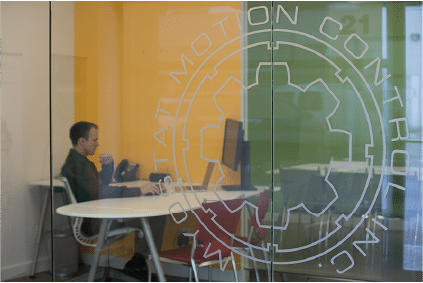Integrating brand values into office design is essential for fostering a cohesive corporate identity. This article outlines key strategies to synchronize your workspace with your company’s core values.
Understanding Brand Values
Clarity of brand values is crucial for effective office design.
Identifying and articulating the brand values of a company is the first step towards creating an office environment that reflects these principles. It is important for businesses to not only define their values clearly but also ensure that these values are communicated effectively to employees and clients. This clarity serves as a foundation for design choices, from the layout to the choice of furniture and decorative elements. By maintaining a consistent narrative around brand values, companies can create a space that truly embodies their ethos and mission.
Creating a Reflective Design Language
The design language should visually represent brand values.
A well-crafted design language reflects the essence of brand values and influences how employees and visitors perceive the organization. This may involve using specific colours, materials, and textures that align with the brand’s personality. For example, a tech company may lean towards sleek, modern finishes, whereas an eco-conscious business might utilize natural materials and sustainable practices. Every design element should reinforce the message and culture that the brand aims to project, thereby enhancing overall coherence and aesthetic appeal.
Prioritizing Employee Experience
Employee experience should be a priority in office design.
An effective office design prioritizes the well-being and productivity of employees, reflecting the brands commitment to its workforce. This can be achieved by incorporating flexible workspaces, relaxation areas, and collaborative zones that foster teamwork and innovation. By considering how employees interact with their environment, brands can create spaces that not only increase job satisfaction but also promote a culture of inclusivity and support. This alignment between employee experience and brand values strengthens loyalty and engagement within the workforce.
Utilizing Space Effectively
Space utilization must align with operational goals and brand identity.
Effective space utilization ensures that the office layout reflects not only the brand values but also the operational requirements of the organization. This involves thoughtful planning of spaces for collaboration, focus work, and social interaction. Companies should consider how their office layout can facilitate workflows, encourage collaboration among teams, and resonate with the brand identity they wish to project. A strategically designed workspace can significantly enhance efficiency while embodying the core values of the brand.
Incorporating Technology
Technology integration is essential for modern office environments.
In todays digital landscape, incorporating technology into office design enhances the experience for both employees and clients. Smart office solutions, such as automation systems and collaborative technologies, can represent a forward-thinking brand identity. These technological enhancements should facilitate smoother communication, increase productivity, and elevate the overall user experience. By staying at the forefront of technological advancements, brands can demonstrate their commitment to innovation and excellence.
Showcasing Brand Story
Office design should narrate the brand’s story visually.
Using design elements to tell the brand’s story creates a narrative that engages employees and visitors alike. This can include displays of company milestones, employee achievements, and visual artworks that reflect the brand ethos. By creating a storytelling environment, brands can make a lasting impression and foster a sense of belonging and pride among employees. Such storytelling through office design not only reinforces brand values but also cultivates a shared narrative within the workplace.
Engagement of Stakeholders
Engaging stakeholders in the design process is vital.
Involving employees and other stakeholders in the design process ensures that the office space aligns with the actual needs and aspirations of those who utilize it. Gathering input through surveys, workshops, or brainstorming sessions can yield valuable insights into how to best embody brand values in the workspace. This collaborative approach not only enhances satisfaction but also fosters a collective ownership of the space, which in turn deepens commitment to the brand’s mission and goals.
Incorporating brand values into office design is a strategic endeavour that requires intentional planning and collaboration. By aligning design choices with brand ethos, companies can create environments that not only enhance productivity and employee satisfaction but also reflect their core values effectively.

